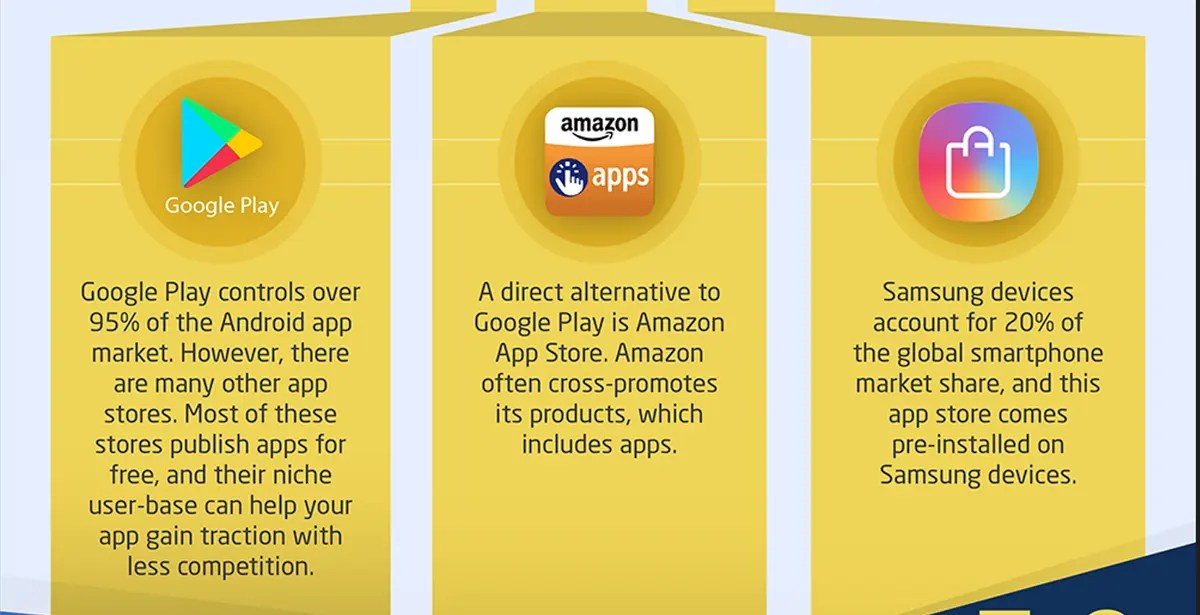Top 5 Mobile Measurement Partner Tools Reviewed
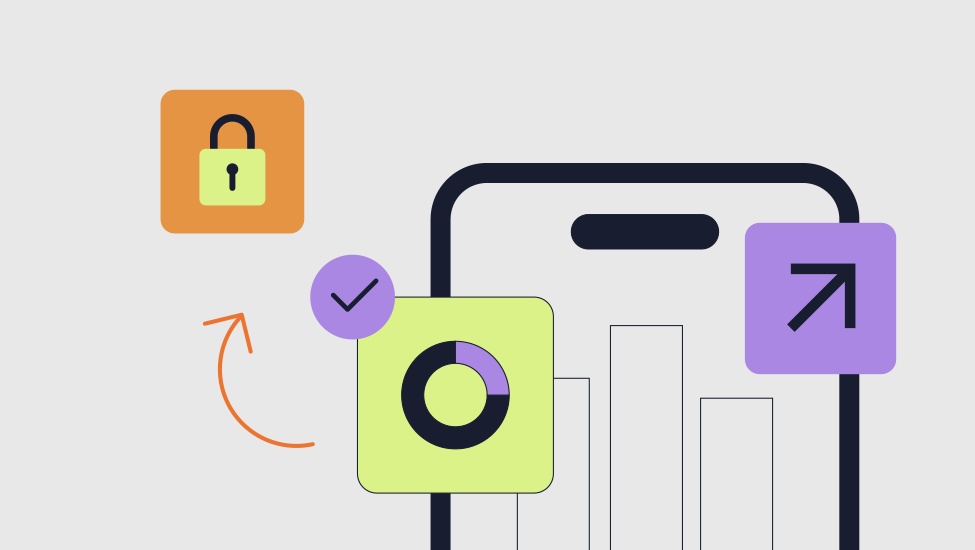
🧃 Straight to the Juice
- Key market pressures: 5M apps competing daily; 80% uninstall in 3 days; acquisition costs up 60–222% since 2015.
- Use MMP insights across launch, growth, maturity, exit to optimize installs, revenue, valuation.
- Different MMPs excel in deep linking, scaling analytics, privacy or data control—match needs.
- Evaluate costs, integration effort, privacy and analytics to choose a strategic MMP.
A mobile measurement partner (MMP) can help you learn where your users are coming from, how they use your app, and how much money you get from each of them. In 2025, this kind of app knowledge is absolutely essential. Here’s what makes MMPs so important:
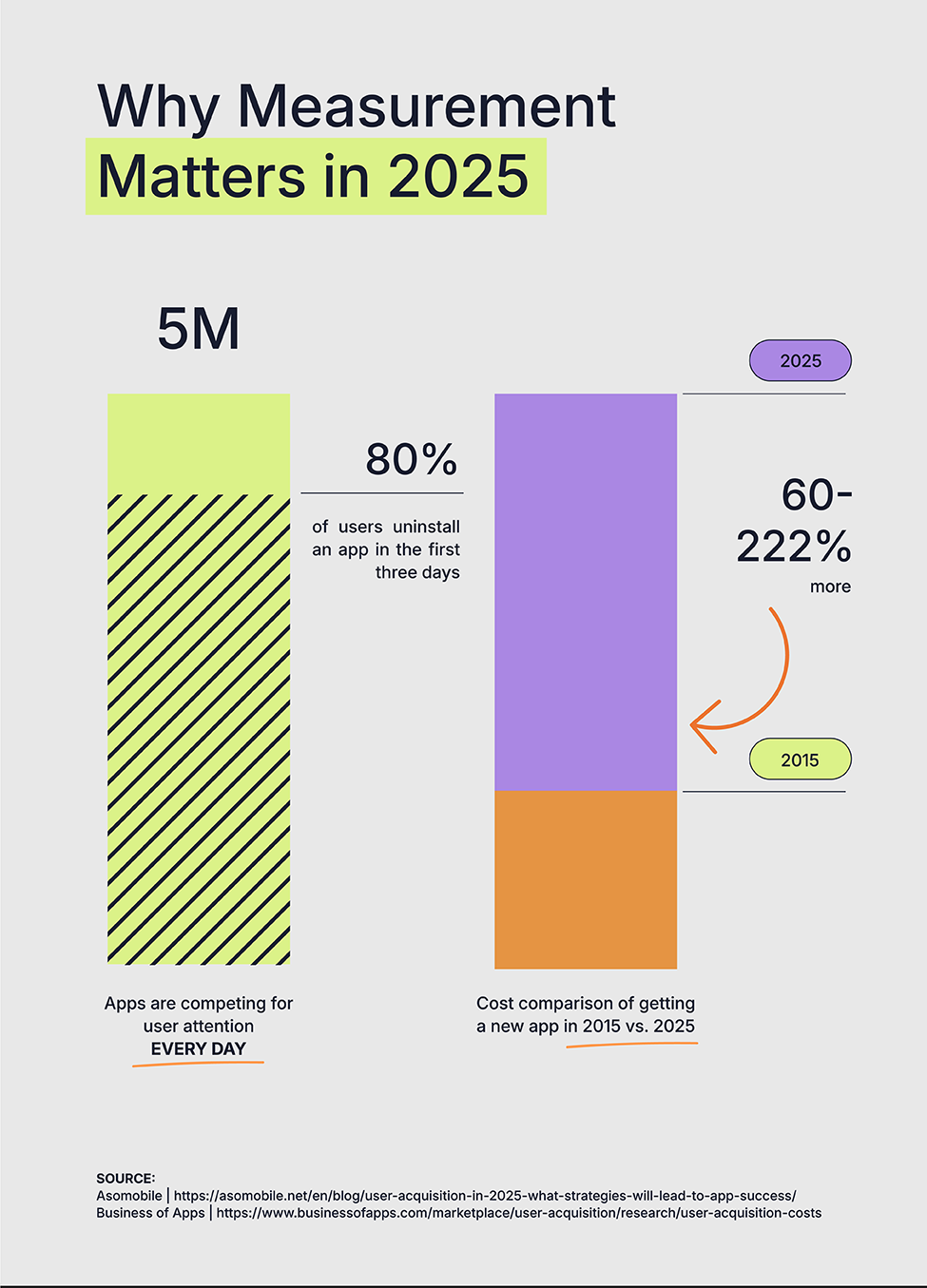
- Over 5 million apps are competing for user attention EVERY DAY
- A whopping 80% of users uninstall an app in the first three days
- It costs 60-222% more to get a new app user compared to 2015

And it’s not just because user acquisition has become more complex and expensive. MMPs can also help avoid privacy law violations and uncover what truly drives app conversions and customer lifetime value. MMP insight is simply invaluable at every stage of app growth:
- Launch: Identify which channels drive high-quality installs and early retention
- Growth: Optimise user acquisition by pinpointing top-performing audiences
- Maturity: Maximise revenue by analysing in-app behaviour and lifetime value
- Exit: Deliver KPIs that boost app valuation and tickle investors’ interest
Wherever you are at the moment, having the right MMP can help you make decisions that actually make strategic sense. Here’s where to look and how to choose.
Mobile Measurement Partner List: Top Options for 2025
Without further ado, these are our top picks for the best MMPs in 2025.
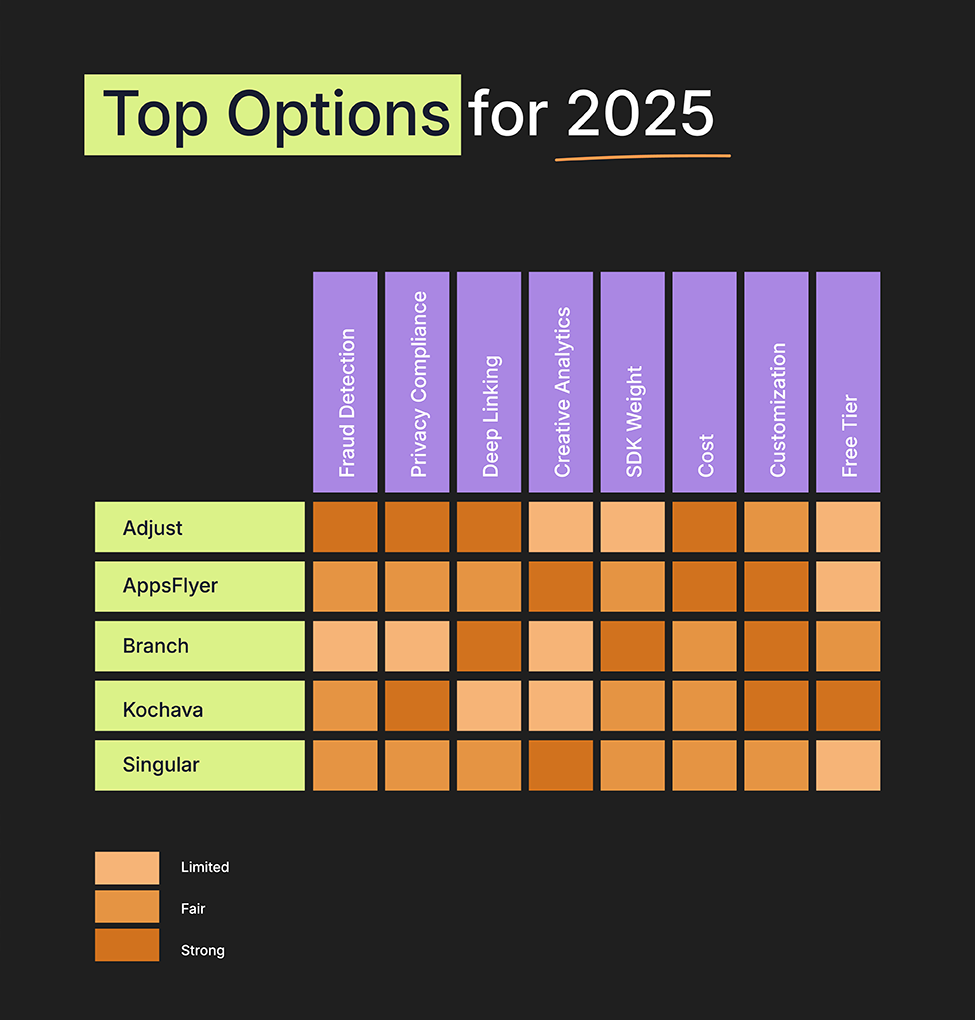
Adjust
Adjust provides a full spectrum of real-time insights, along with reliable data pipelines and deep cohort analysis, but its true specialty is privacy-first attribution. This MMP excels in SKAdNetwork support and consent management, particularly compliance with GDPR and ATT.
This year, Adjust rolled out a major update improving SKAdNetwork attribution accuracy and introduced enhanced data privacy controls, becoming a privacy-first MMP leader.
Key Features
- Robust fraud prevention suite
- Granular SKAdNetwork management
- Emphasis on data transparency and auditability
Pricing
Adjust offers enterprise-focused pricing with tiers based on monthly tracked events and unique feature needs—pricing scales with app size and usage. No freemium option.
Integration
Will you be able to carry out the integration yourself? Probably. Adjust has a moderately lightweight SDK and a well-documented and straightforward onboarding process. However, several advanced features may require you to hire a developer if you lack development skills.
Best for
Ideal for mid-sized to large apps focused on privacy, fraud prevention, and international scaling, especially apps prepping for acquisition.
Not Ideal for
Small indie apps with tight budgets or apps needing strong deep linking.
Adjust vs Competition
Adjust offers stronger fraud detection and a lighter SDK than its closest competitor, AppsFlyer, but it can’t match its analytical power. It also beats Branch in attribution and privacy.
AppsFlyer
AppsFlyer is known for its comprehensive analytics and advanced creative insights, but wait—there’s more. It also strongly supports privacy frameworks (primarily SKAdNetwork and ATT) and integrates with hundreds of ad networks. No wonder it’s a top choice for marketers.
Thanks to recent upgrades in creative analytics and real-time attribution, AppFlyer is positioned as an all-around MMP powerhouse and a go-to tool for performance data.
Key Features
- Extensive ad network integrations
- Advanced creative performance analytics
- Strong fraud detection and prevention
Pricing
It uses a tiered pricing model based on monthly events and features, aimed primarily at mid to large enterprises. There’s no freemium tier, and it’s pricey for small apps.
Integration
AppsFlyer’s SDK is slightly heavier than some competitors, but most devs are still able to manage it. Onboarding is well-supported, and documentation and dev tools are ample.
Best for
Large-scale apps and enterprises focused on comprehensive attribution, creative optimization, and international campaigns. It’s best suited for apps in scaling or mature stages with sizable marketing budgets.
Not Ideal for
Small indie developers or early-stage apps due to higher pricing and a somewhat complex setup.
AppsFlyer vs Competition
Compared to Adjust, AppsFlyer offers richer creative analytics and more integrations, but comes with a heavier SDK and slightly less stringent fraud controls. Against Branch, it leads in attribution and analytics, while Branch dominates in deep linking.
Branch
Branch is the ultimate MMP of choice for deep linking and seamless UX. It’s particularly valuable for apps that need to unify web, app, and ad journeys, whether driving installs from social ads and influencers, re-engaging lapsed users, or reducing drop-off during sign-up.
Why does it deserve a spot on this list? Because its unified link management dashboard and clean room capabilities are especially useful to marketers and product teams chasing after journey continuity and collaborative analytics.
Key Features
- Industry-leading deep linking and deferred attribution
- Cross-device tracking with smooth web-to-app flows
- Centralized link management with real-time routing logic
Pricing
Offers tiered pricing with a generous free plan for early-stage apps. Enterprise pricing scales with link volume and usage of advanced features like audience syncing and cross-channel automation.
Integration
Branch’s SDK is lightweight and easy to implement. Developers can typically integrate without heavy lifting, and the platform plays especially well with web, email, and SMS.
Best for
Well-suited for consumer apps, marketplaces, and e-commerce platforms that rely on smooth user journeys across devices and channels. A great choice for apps in the launch or growth phase, looking to improve engagement and retention.
Not Ideal for
Apps that prioritize in-depth campaign analytics, media attribution, or advanced fraud detection may find Branch limited compared to other MMPs.
Branch vs Competition
Outperforms AppsFlyer and Adjust when it comes to deep linking, user routing, and cross-platform continuity, but lacks the granular ad campaign analytics and fraud prevention that competitors have.
Kochava
Kochava is a favorite MMP among advanced teams that want flexibility and full ownership of their marketing data—mostly thanks to its granular data control and custom attribution logic. It may be less plug-and-play than competitors, but it serves data-savvy developers really well.
With its 2025 upgrades to IdentityLink® and SKAdNetwork implementation, Kochava now allows deeper, privacy-compliant user tracking across iOS and Android environments, which is great news for teams needing precision and platform parity.
Key Features
- Highly customizable attribution windows and rules
- IdentityLink® for unified cross-device and cross-platform user identity
- Built-in analytics dashboard with real-time cohorting
Pricing
Kochava offers a freemium plan (Kochava Free App Analytics) with solid baseline tracking, while enterprise plans unlock advanced features and integrations. Pricing depends on volume, integrations, and feature tiers.
Integration
The SDK is more robust and configurable than most, with modular components. Integration requires some technical effort, especially if customizing attribution logic or using private cloud hosting. Not ideal for teams without engineering support.
Best for
Great fit for gaming studios, fintech apps, and ad-heavy platforms that want full control over attribution logic and data ownership. It’s best suited for apps in the growth or pre-exit stage with in-house analysts or data teams.
Not Ideal for
Apps that want fast setup or out-of-the-box ease.
Kochava vs Competition
More flexible and data-rich than Adjust or AppsFlyer, but also harder to implement and maintain. Compared to Branch, Kochava wins on analytics depth but lacks Branch’s fluid user experience tools and deep linking polish.
Singular
Singular centralizes attribution, cost aggregation, and creative analytics into a single dashboard, offering a real treat to marketers hungry for unified ROI. It’s not as dominant in fraud prevention or deep linking, but its analytics depth, especially for campaign spend, is unparalleled.
Growth teams will be excited to hear that Singular has just added AI-powered budget recommendations and automated cost anomaly alerts. If you want faster insight into what’s working (and what’s not) across fragmented UA campaigns, Singular is a great MMP for you.
Key Features
- Unified cost aggregation across all ad networks
- Creative performance analysis across campaigns and channels
- AI-based alerts and budget optimization tools
Pricing
Singular uses a tiered pricing model, with custom quotes based on data volume, number of integrations, and reporting needs. Although there’s no freemium version, early-stage startups may qualify for discounts.
Integration
The SDK is fairly lightweight and flexible, but the real lift comes during data mapping and source integration. If you want to get the most out of its full capabilities, you should think about hiring technical support.
Best for
Ideal for performance marketing teams, especially in scaling or mature apps with high UA budgets and a need for accurate cost and ROI analysis across many ad channels.
Not Ideal for
Indie developers or small apps running a limited number of campaigns. It’s also not built for deep linking or SKAd-only tracking.
Singular vs Competition
If cost consolidation and creative optimization are your priorities, Singular outshines AppsFlyer. But for granular attribution, AppsFlyer still leads. Kochava, on the other hand, offers more advanced customization, though Singular wins on usability and reporting speed.
What is the Best MMP in 2025? Use-Case Breakdown
The right mobile measurement partner depends on your app’s unique journey and the kind of insight you need most. Here’s how to choose an MMP based on your use case:
For Indie Devs with Limited Budgets: Branch
Branch is a great pick for indie apps because it offers a generous free tier, a lightweight SDK, and fantastic support for deep linking and web-to-app flows, all without the overhead of complex attribution steps. It’s ideal for early traction and re-engagement on a shoestring budget.
For Gaming Apps Scaling UA: AppsFlyer
If you’re about to start scaling, you need all the clarity you can get to maximize ROI on large, fast-moving campaigns. AppsFlyer has just what you need: advanced creative analytics, strong fraud protection, and robust multi-network integrations.
For Apps Prepping for Exit or Acquisition: Adjust
Adjust offers top-of-the-class audit-ready reporting in addition to five-star privacy-first measurement and cohort analysis, all of which is key for due diligence. It’s made to improve transparency, compliance, and reliability, so you’ll hardly find a stronger partner for app valuation.
For Apps with International User Bases and Cross-Device Journeys: Branch
Branch is the best choice for apps with international audiences moving between mobile, web, and other environments because it has the most seamless cross-platform and cross-device tracking on the scene. Its Identity resolution and link routing are great for fragmented journeys.
Choosing the Right MMP Based on Your App’s Stage
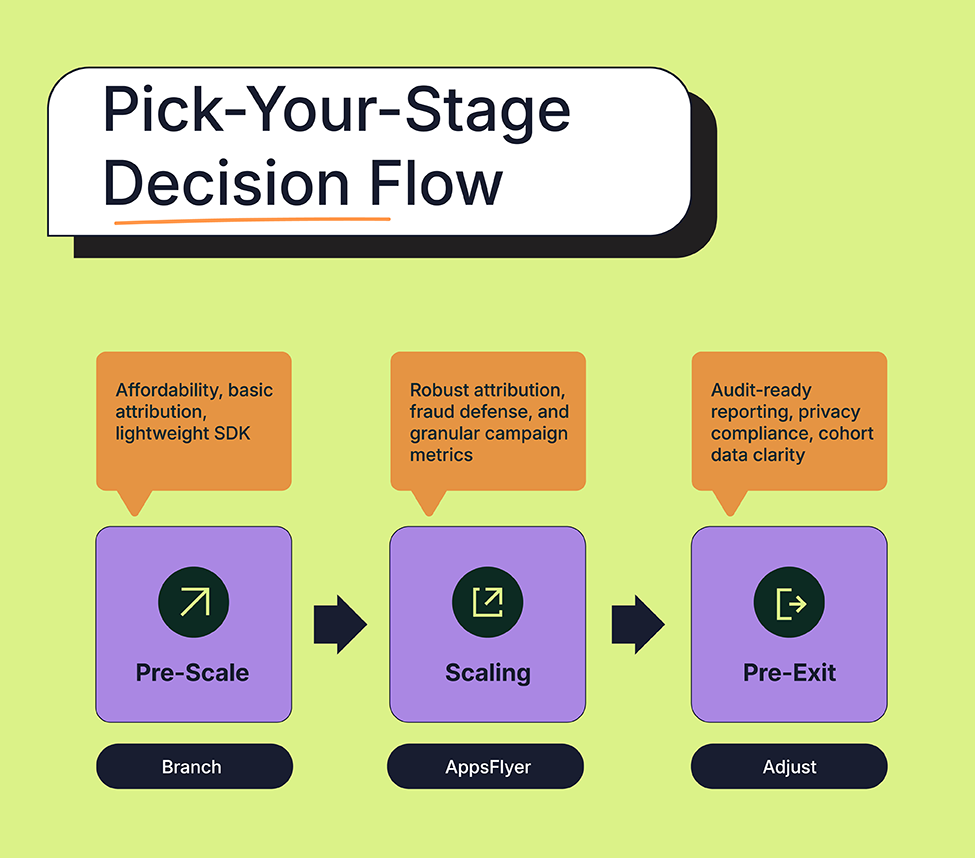
Not every MMP is built for every moment in your app journey. Whether you’re just launching or gearing up for acquisition, here’s an overview of what you should prioritize:
Your MMP Choice Matters: Pick Wisely
Choosing the right MMP is not easy, but it’s essential for your app’s strategic growth. The best platform for your app depends on where you are in the journey: building early traction, scaling, or preparing for exit. Each stage requires different features and unique capabilities.
Remember, an MMP is more than a data tracker. When picked wisely, it’s a strategic partner for growth, efficiency, and ultimately, app valuation. The insight it provides can help you make smarter decisions, launch more successful campaigns, and build investor confidence.

FAQ
🤔 What’s the difference between an MMP and an analytics platform?
While the best MMPs also track in-app behavior like screen views, button taps, and feature usage, their main purpose is to provide attribution insight and tell you where your users are coming from and what campaigns drive installs and revenue. Analytics platforms are more product-focused, whereas MMPs are designed to measure marketing performance.
✅ Can I use multiple MMPs at once?
There’s no rule against using multiple MMPs at once, but it seldom works in practice. Having two mobile measurement partners often means having two sets of conflicting data, duplicate events, and attribution mismatches. The only scenario where doing so makes sense is while testing MMPs.
➡️ How long does it take to integrate an MMP?
Integrating an MMP can take anywhere between a few hours and a few days, depending on your dev resources and the complexity of your app. The best MMPs offer SDKs with well-written documentation, but configuring in-app events, partner integrations, and custom attribution windows still requires experience and skill.
⚠️ Is an MMP necessary if I don’t run paid user acquisition?
The benefits of partnering with a mobile measurement platform extend beyond paid campaigns. MMPs also help track organic installs, optimize referral traffic, and understand user retention by channel. But if you’re not planning to scale through paid channels, you should consider a simpler analytics tool.


Keep reading

















.webp)





